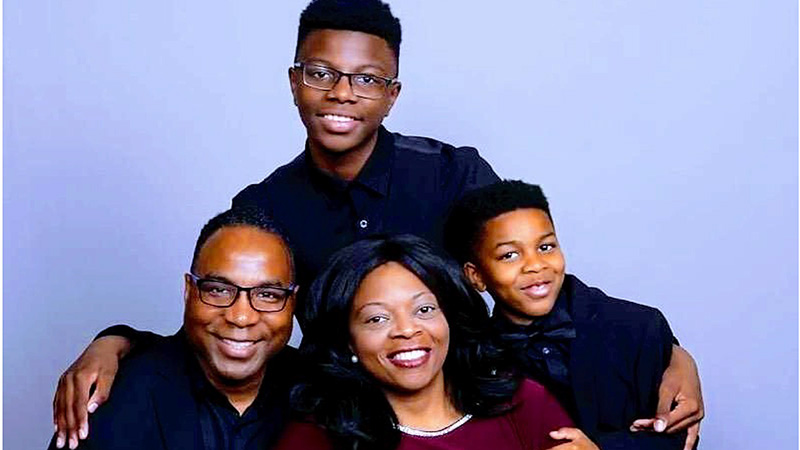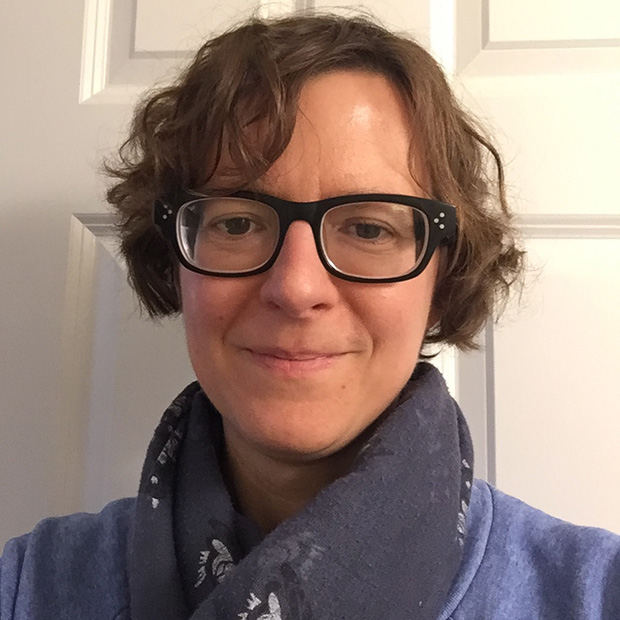2021 Schwab Alumni Grant recipients addressing racial equity
July 13, 2021 — Two Grinnell College alumni are paying tribute to a community-minded classmate while carrying out projects that promote social justice and equity.
Fredrick Mann ’97 and Tessa Sutton ’97 are the 2021 recipients of the Lori Ann Schwab ’95 Alumni Grants.
Schwab was committed to making the world a better place by helping others. Her life was cut short by a sudden illness while she was studying in London in 1994.
The grant provides stipends to support specific community service projects that recipients are significantly involved with. It is open to alumni from the classes of 1992 through 1998, the years that overlapped with Schwab’s time at Grinnell.
Mann received a $2,000 grant, which in turn was used to give stipends to youth artists and entertainers of color who performed at the Boston Museum of Fine Arts Juneteenth celebration on June 19. Attendees enjoyed music from the Confirmation Band, Aleecya Foreman, Kasia Lavon, and SeeFour in a concert curated by BAMS Fest, an organization breaking down racial and social barriers to arts, music, and culture throughout Greater Boston. There also was art making, spotlight talks, and a film showing. Museum admission was free that day.
 Fredrick Mann ’97 and his family.
Fredrick Mann ’97 and his family.
“The goal of the celebration was to create more opportunities for diverse youth and community members in Boston to engage with the Museum of Fine Art and feel welcome and part of all the artistic spaces,” Mann says. “I’m very grateful to be able to use the grant to do something positive for the larger community. While I’d imagine performing at the museum was itself special, being able to also provide the performers with a stipend to acknowledge their contribution was important.”
A clinical coordinator in the department of psychiatry at the University of Massachusetts Medical School, Mann’s interest in helping the museum become more welcoming and inclusive stemmed from a 2019 incident where minority middle school students said they were subjected to racism by staff and two visitors during a field trip.
“Instead of running away and feeling the need to boycott or discard the museum, I channeled my learning from Grinnell College to move closer and create situations where there is constant learning,” he says. “I felt it was important to sponsor a program that helps people see that it should be a museum for all people.”
The Juneteenth event also launched another community initiative Mann organized called the World of Wellesley Challenge. Mann lives in Wellesley, Massachusetts. He compiled a list of 25 Massachusetts museums or cultural spaces that have images and stories discussing African American or African diaspora cultural traditions and history.
“The challenge curates for people exhibits that they can go explore,” Mann says. “It’s meant to provide a focal point for stories that people may be unaware about. Once they discover these stories, they can take a photo or upload an insight on the community Facebook page to inform and inspire others to explore.”
Inspiration and community reaction to art also plays a significant role in Sutton’s project. She teaches visual arts at Lake Nokomis Community School, Keewaydin Campus, which is a Minneapolis public school. The school is shifting this fall from serving grades 3-8 to grade 2-5. The change will result in funding losses and will put a strain on the art program budget, which already lacked adequate money for art supplies, Sutton says.
Sutton received a $1,900 stipend to purchase screen printing supplies to run an equity poster activity for kids in the school. The posters will be displayed around the building.
 Tessa Sutton ’97
Tessa Sutton ’97
“The screenprinting poster equity project will not only provide the school art supplies for this exciting hands-on art process, but give people a chance to talk about how this affects them when the posters are displayed,” Sutton says.
For this assignment, Sutton will ask her students what equity means to them.
“By involving students in the creative process and having them discuss, develop ideas, and refine these into posters that they can screen print and hang around the school, they can internalize what equity really means to them on a personal level and in their daily lives in the school environment,” Sutton says. “By hanging posters in the hallways and offices, students and parents can see that the school truly supports equity by exploring it artistically and personally.
“The screen printing process itself is part of an artistic tradition rooted in social justice movements, especially in Mexican and Black Panther movements,” she adds. “By teaching kids about this history of this process and its social implications alongside the hands-on process of working with their screens, lettering, and images, they will understand the value of this art form and the concept of equity as well.”
Since graduating from Grinnell, Sutton says she has developed the intertwining goals of social studies learning within her own art practice and then with teaching art to children. She sees this project as a way to add students’ voices to the current conversations over social justice.
“With the death of George Floyd, among others, Minneapolis has become a center for these issues and kids are very aware of the social situation,” Sutton says. “But being children they may not feel comfortable or be able to articulate and voice their opinions, so these posters can help them say what they want in images and text.”
— by Jeremy Shapiro